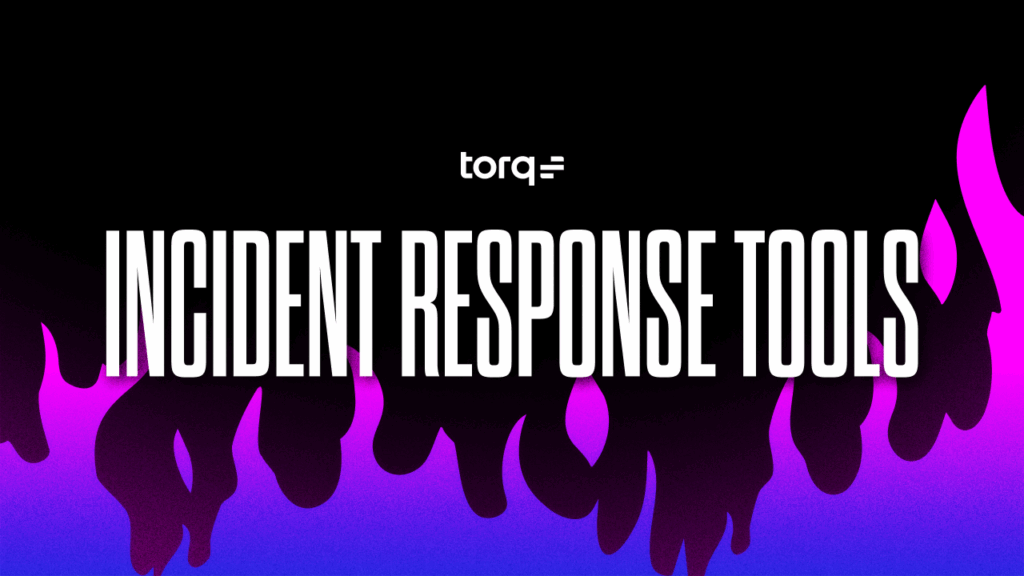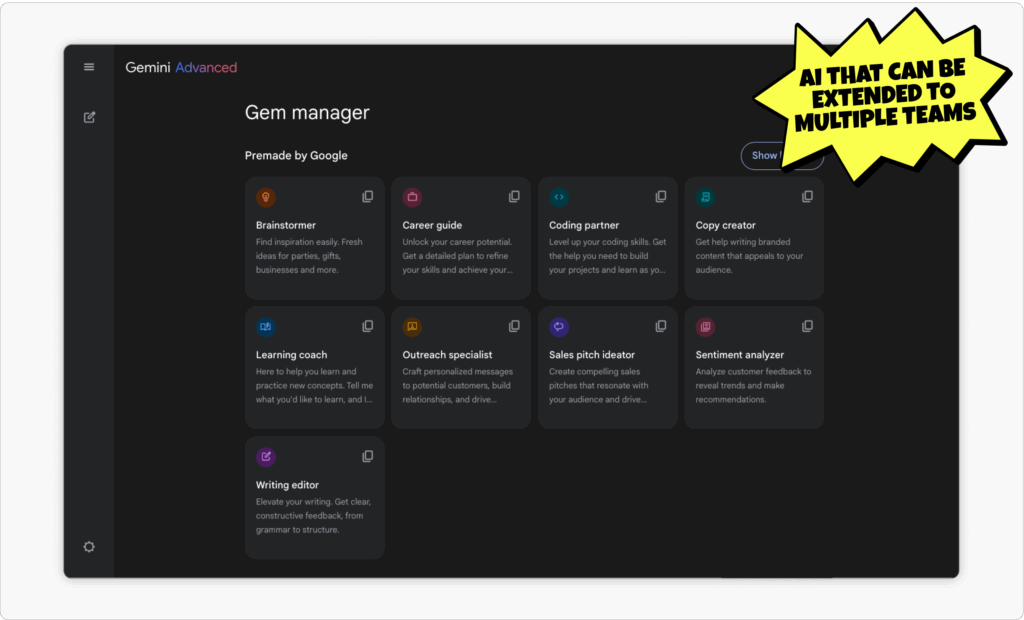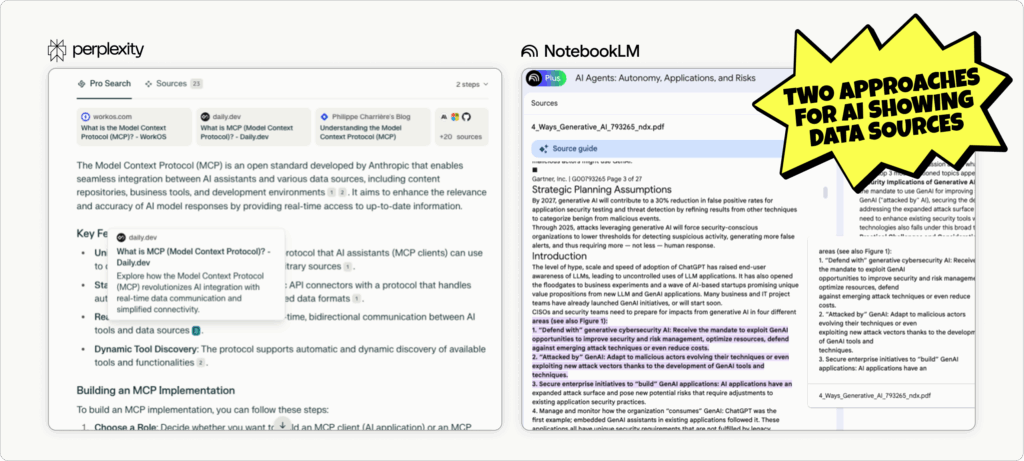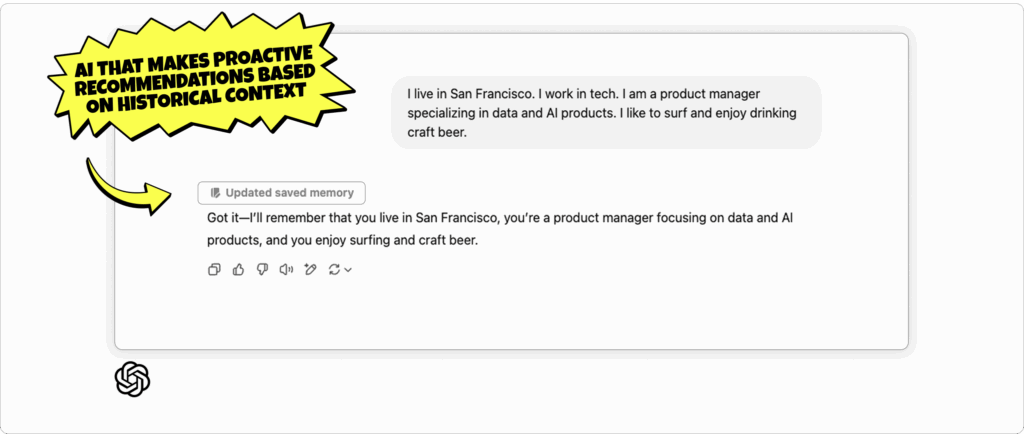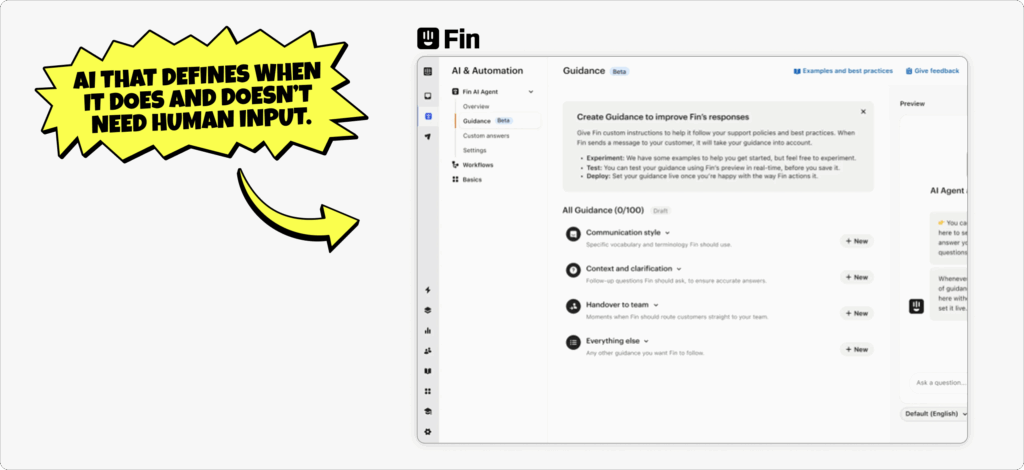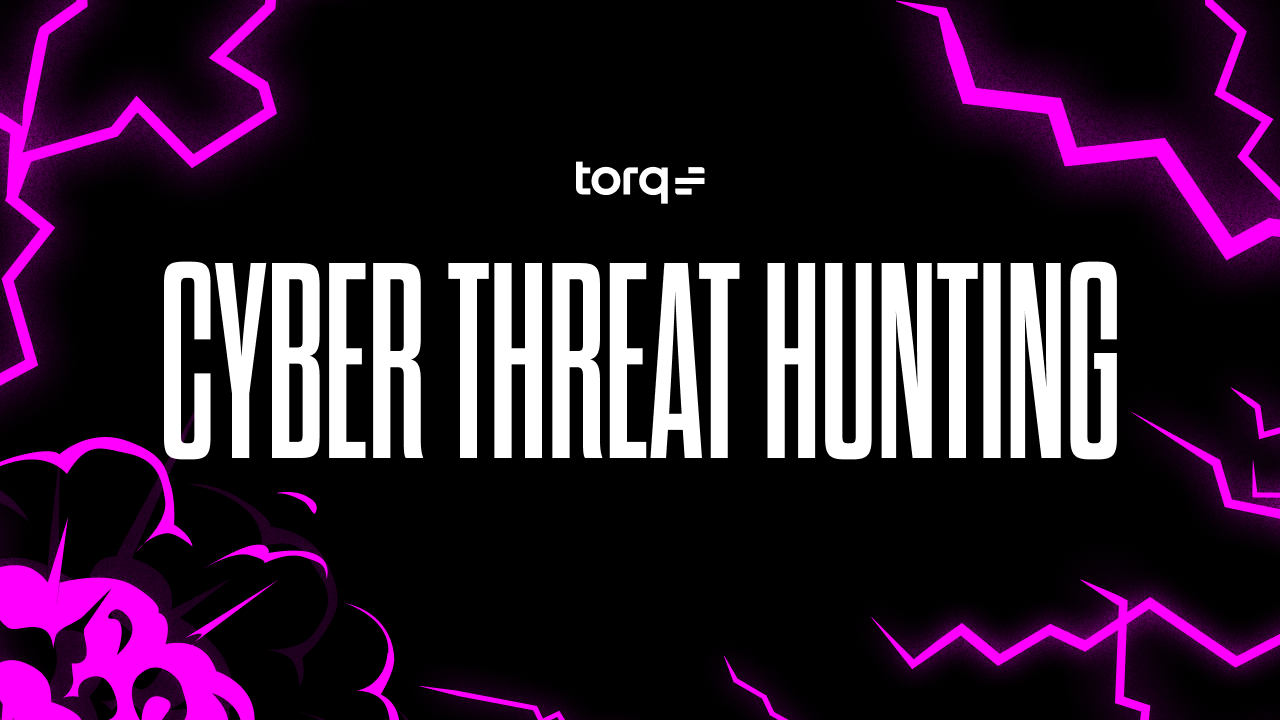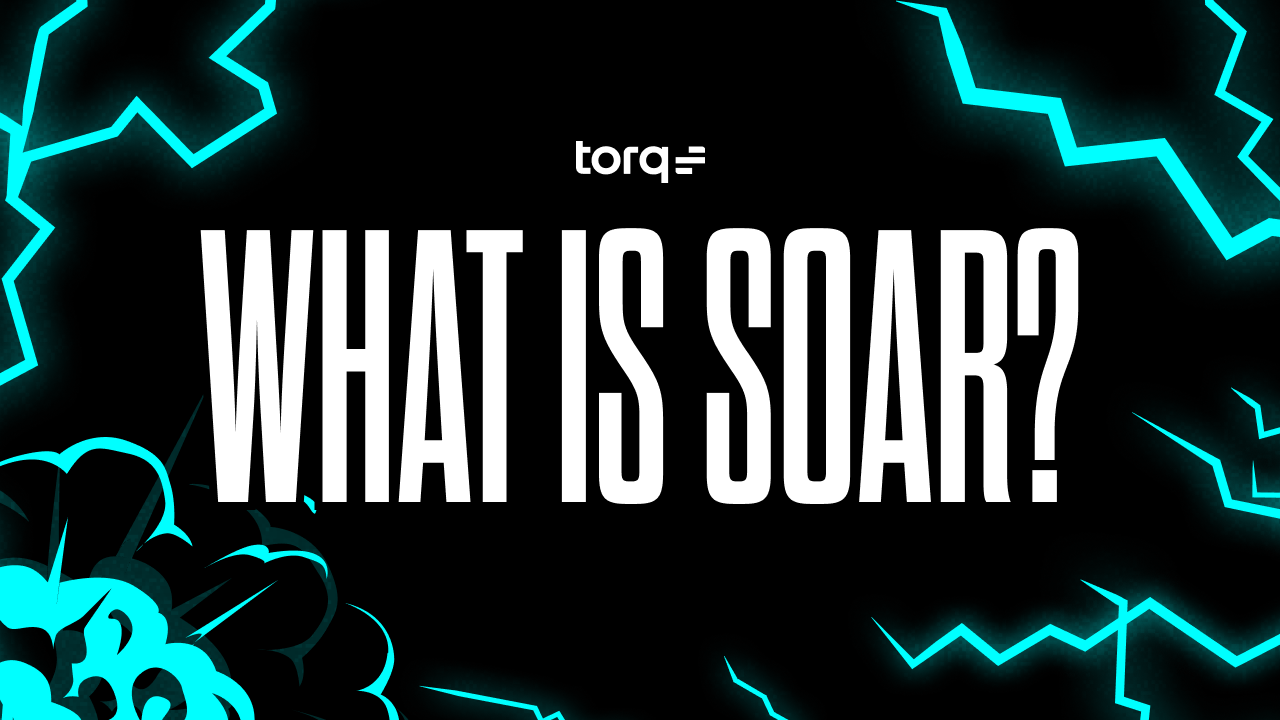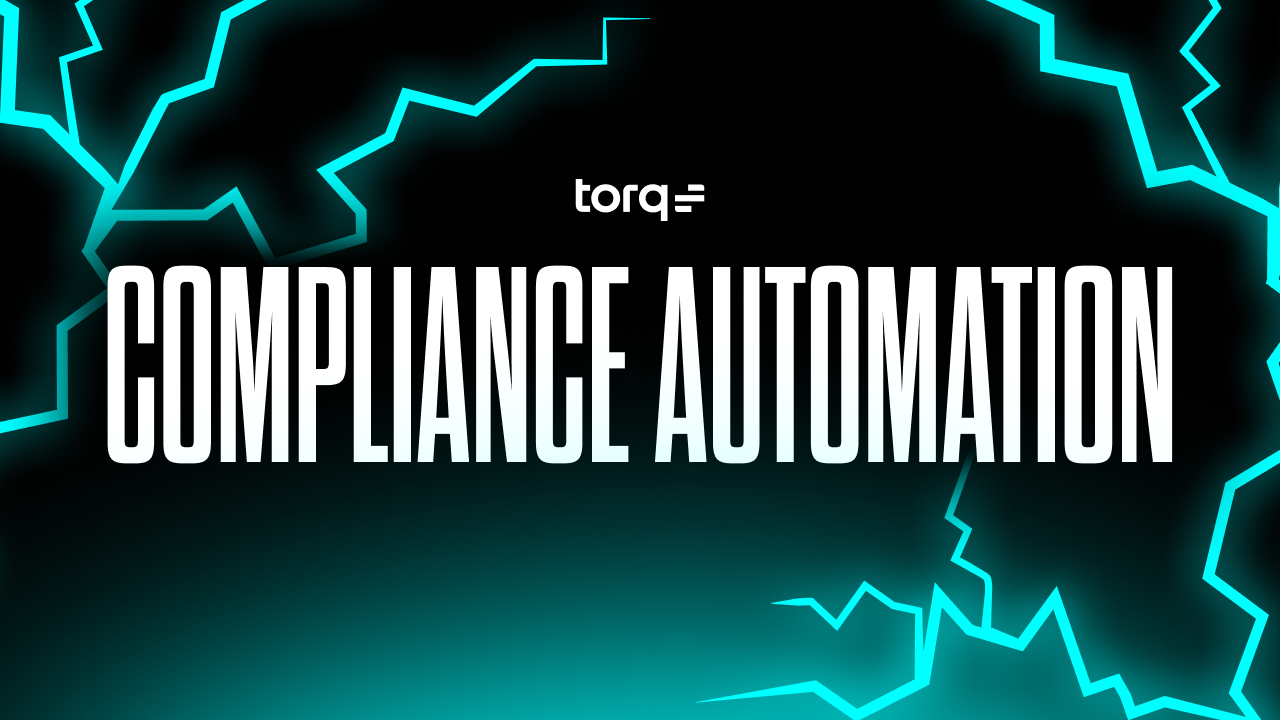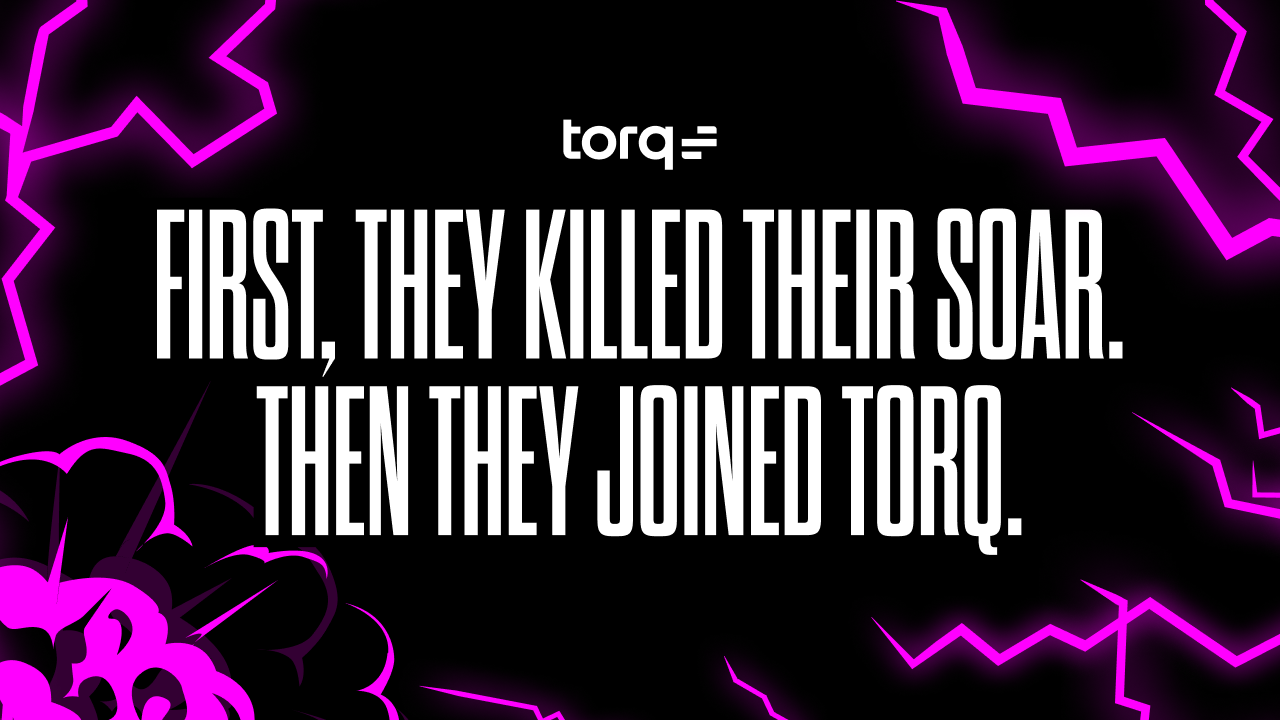Contents
Get a Personalized Demo
See how Torq harnesses AI in your SOC to detect, prioritize, and respond to threats faster.
Threat intelligence is the cornerstone of proactive security. By collecting and analyzing indicators of compromise (IOCs), tactics, techniques, and procedures (TTPs), and adversary infrastructure, threat intelligence tools help cybersecurity teams spot attacks before they escalate.
But here’s the catch: Most tools stop at surfacing raw intel. They hand you the data but don’t help you operationalize it. This results in analysts drowning in noise, alert fatigue, and slow incident response times.
Explore the top categories of threat intelligence tools and see how Torq Hyperautomation bridges the gap between intel and action, delivering real-time enrichment and autonomous response at scale.
What Are Threat Intelligence Tools?
Threat Intelligence (TI) tools are software and services that collect, enrich, analyze, and distribute information about cyber threats so security teams can detect, prioritize, and respond faster.
What Threat Intelligence Tools Do
Collect data: Ingests signals from OSINT, dark web sources, malware sandboxes, DNS/WHOIS, product telemetry, ISACs, and commercial vendor feeds to build a comprehensive threat picture.
Normalize and enrich: Standardizes formats, deduplicates indicators, and adds context — actor, campaign, TTPs, confidence, and sightings — so data is usable and trustworthy.
Correlate and score: Links indicators to behaviors using frameworks like MITRE ATT&CK and assign risk and confidence to drive prioritization.
Distribute intel: Pushes curated intelligence to SIEM, EDR, or SOAR via APIs and STIX/TAXII, often triggering automated playbooks.
Search and investigate: Lets analysts pivot across IPs, domains, and hashes, build campaign timelines, and track adversary infrastructure.
Report and measure: Provides dashboards, alerts, and takedown and mitigation guidance while tracking coverage and efficacy.
Threat Intelligence Tooling Categories
- Feeds (Raw indicators): Continuous streams of IPs, domains, hashes, phishing kits, and C2 infrastructure.
- Threat Intelligence Platforms (TIPs): Central hubs that aggregate sources, dedupe and score indicators, enable sharing, and orchestrate automation.
- Vertical/Community intel: ISAC/ISAO groups that facilitate trusted, sector-specific sharing of timely threats and mitigations.
- Managed TI services: Provider-run offerings where human analysts deliver curated, finished intelligence and advisory support.
4 Types of Threat Intelligence
- Strategic (Board/CISO): High-level trends, risks, and business impact to inform investment and policy.
- Operational (SOC/IR): Campaign-level insights — adversaries, infrastructure, and TTPs — translated into detections and response actions.
- Tactical (Detections): Short-lived IOCs with confidence and expiry to feed blocklists and detection rules.
- Technical (Artifacts): Low-level signatures and artifacts — YARA/Sigma rules, decoders, and malware I/O — used to research and codify detections.
While threat intelligence is vital for shifting from reactive to proactive security, most tools stop short of execution. They provide intel but don’t automate triage or incident response, leaving a critical gap in the security kill chain.
Why Threat Intelligence Alone Isn’t Enough
“Threat intelligence — while abundant — is frequently underutilized due to inconsistent application and a lack of objective analysis, keeping teams stuck in reactive mode.”
High-quality threat intelligence is essential for modern security operations, but even the best intel feeds can only take you so far. Many SOC teams still struggle to operationalize that intelligence effectively, facing challenges such as:
- Siloed data sources: Threat intel often lives in separate tools and feeds, requiring analysts to manually pivot between consoles to correlate indicators with events in their environment. This not only slows investigations but also risks missing connections entirely.
- Alert fatigue from unverified IOCs: Raw intelligence feeds can produce an overwhelming volume of indicators of compromise (IOCs). Without automated context and verification, analysts are forced to triage a flood of alerts, many of which turn out to be irrelevant or false positives.
- Slow MTTR due to manual processes: Even when malicious activity is identified, enrichment, prioritization, and incident response often rely on a series of manual steps. This delays containment, gives adversaries more time to act, and increases the likelihood of impact.
The missing link is security Hyperautomation: The ability to take incoming threat intelligence and enrich it in real time, validate it against your environment, prioritize based on risk, and execute the right response automatically.
With Hyperautomation in place, security teams can:
- Instantly correlate threat intel with live telemetry from SIEM, EDR, IAM, and cloud security tools.
- Automatically filter out low-confidence or irrelevant IOCs before they reach analysts.
- Trigger pre-approved auto-remediation workflows such as blocking a domain, isolating an endpoint, or disabling a compromised account in seconds.
Threat intelligence is powerful, but it becomes truly operational when paired with automation. That’s how teams turn static data into actionable, measurable defense at machine speed.
The Power of Automated Alert Enrichment
Threat intelligence enrichment is the critical bridge between raw threat data and meaningful, actionable threat intelligence. It transforms a bare IOC or alert into a fully contextualized security event, giving analysts the information they need to make faster, more confident decisions.
Without enrichment, a malicious IP alert is just a red flag without a story. You know something might be wrong, but you don’t know:
- Who controls the IP
- When it was first reported as malicious
- Whether it has been active in other attacks
- If it’s currently interacting with your environment
With threat enrichment, those questions are answered instantly. You can see ownership, reputation scores, historical abuse records, and whether the threat currently targets your assets. This drastically reduces false positives, helps prioritize real threats, and accelerates triage, especially in high-volume SOC environments.
Real-Time Enrichment with Torq
Torq automates this process end-to-end, ingesting IOCs from virtually any source:
- Open-source feeds like AbuseIPDB or AlienVault OTX
- Commercial CTI platforms such as Recorded Future or CrowdStrike Falcon Intelligence
- Internal telemetry from SIEM, EDR, IAM, and CSPM systems
Once ingested, Torq automatically enriches each IOC or alert with:
- Threat intelligence lookups for risk scoring and category classification
- WHOIS data to identify domain or IP ownership
- GeoIP mapping for geographic attribution
- Historical incident correlation to see if this IOC has appeared in past investigations
All of this happens without writing a single line of code, using Torq’s no-code/low-code visual builder.
Connecting Enrichment to Automated Response
Enrichment is all about enabling faster, more precise action. With Torq, once an alert is enriched, it can immediately trigger targeted, pre-approved response runbooks, such as:
- Block malicious IPs or domains at the firewall or secure web gateway
- Disable compromised accounts in IAM systems like Okta or Azure AD
- Quarantine infected endpoints via EDR tools like CrowdStrike or SentinelOne
- Notify analysts in Slack or Microsoft Teams with full, structured context for review
Because enrichment and incident response are linked in the same Hyperautomation workflow, there’s no waiting for an analyst to manually look up data before taking action — vulnerabilities are validated, prioritized, and remediated in near real time.
Real-World Use Cases: How Torq Elevates Your Threat Intelligence Stack
IOC-Triggered Triage
Scenario: A new malicious IP is published by Abuse.ch’s SSL Blacklist feed.
How Torq Handles It:
- The IOC enters Torq through a scheduled or webhook-based integration with Abuse.ch.
- Torq automatically enriches it with:
- Recorded Future for risk scoring and threat actor attribution.
- VirusTotal for file and domain associations.
- WHOIS and GeoIP for ownership and location details.
- The enriched IOC is compared against SIEM and EDR telemetry to see if it’s active in your environment.
- Based on the risk score and internal matches, Torq either:
- Auto-blocks the IP in your firewall and secure web gateway.
- Escalates the IOC to a case in Torq for analyst review.
Result: Threats are validated and acted on within seconds, without manual lookups or context switching.
Autonomous Response to High-Risk Alerts
Scenario: Correlated threat intel and internal detections reveal an active phishing campaign targeting corporate users.
How Torq Handles It:
- The IOC feed from a commercial CTI provider flags multiple domains tied to a phishing kit.
- Torq cross-references internal email gateway logs to confirm delivery attempts to specific users.
- Upon confirmation, Torq executes automated actions:
- Revokes credentials in Okta or Azure AD for targeted accounts.
- Sends a Slack or Teams alert to affected users with security guidance.
- Updates the SIEM with an incident record for correlation and compliance.
Result: Compromised accounts are secured, and users are alerted before threat actors can exploit access.
Threat Intel + Phishing Detection
Scenario: A user reports a suspicious email via the company’s phishing reporting button.
How Torq Handles It:
- The reported email is sent to Torq via Microsoft 365 Security or Proofpoint TAP integration.
- Torq extracts sender domains, IPs, and embedded URLs.
- Those indicators are checked against:
- External threat intel feeds like AlienVault OTX and Abuse.ch.
- Internal blocklists and historical case data in Torq.
- If confirmed malicious, Torq:
- Quarantines the email for all recipients at the email gateway.
- Blocks the domain in the web proxy.
- Notifies the reporting user with a “verified malicious” confirmation.
Result: A single user report becomes a fully automated, organization-wide protection action.
Scalable Enrichment Without Developer Overhead
Scenario: The SOC wants to enrich all IOC feeds with cross-platform intelligence but lacks developer bandwidth.
How Torq Handles It:
- An analyst drags and drops connectors for Recorded Future, VirusTotal, AbuseIPDB, and MISP into the workflow canvas.
- Using Torq’s no-code visual editor, the analyst chains enrichment steps, scoring logic, and conditional response rules.
- New threat intel feeds can be added in minutes, and workflows update automatically without engineering intervention.
Result: The SOC scales enrichment capabilities rapidly, integrating multiple TI sources and incident response actions without waiting on dev cycles.
Threat Intelligence Is Only as Good as the Action It Enables
Threat intelligence is the spark that ignites detection, but it’s the action you take with that intelligence that determines whether it prevents an attack or becomes just another line in a report. Without automation, even the most curated and timely feeds leave SOC teams drowning in manual triage, correlation, and remediation steps.
The challenge is operationalizing threat intelligence at machine speed, ingesting, validating, enriching, and acting on it in seconds, not hours. That requires an automation platform that connects intelligence sources directly to your detection, investigation, and response layers.
What to Look for in an Automated Threat Intelligence Stack
To fully realize the value of your threat intel, your automation stack should deliver:
- Interoperability: Native integrations with SIEM, SOAR, EDR, firewall, email security, and CTI feeds so threat data flows seamlessly across tools.
- Real-time enrichment: The ability to instantly enhance IOCs with reputation scores, geo-location, WHOIS data, historical activity, and related incidents, and feed that context back into detection and response systems.
- Scalability: Capacity to process thousands (or millions) of IOCs per day without slowing down, whether from burst attack campaigns or ongoing intelligence streams.
- No-code flexibility: The option for analysts to adapt, expand, or fine-tune workflows without relying on developer resources, so you can pivot quickly to new threats.
Why Torq Is Built for Modern Threat Detection
Torq’s Hyperautomation Platform turns raw threat intel into orchestrated action across your SOC. It’s designed to:
- Automate at scale with autonomous runbooks that can process and act on high IOC volumes without analyst intervention.
- Integrate instantly using agentless, native connectors to 1,000+ tools — from threat intel platforms like Recorded Future, VirusTotal, and MISP to your SIEM, EDR, and firewall stack.
- Enable SOC agility through a visual no-code/low-code editor and AI workflow building, so analysts can build or modify enrichment and incident response workflows in minutes.
- Drive immediate outcomes — blocking malicious IPs, quarantining emails, disabling compromised accounts, or alerting security analysts— all triggered by enriched intel in real time.
With Torq, threat intelligence isn’t just data; it’s a live signal that moves seamlessly from detection to decision to remediation, without manual processing delays.
Categories of Threat Intelligence Tools Cybersecurity Teams Rely On
| Category | Workflow Stage | Purpose | Where Torq Fits | Example Tools |
|---|---|---|---|---|
| Threat Data Aggregators & Feeds | Collect → Normalize | Centralize raw intel from OSINT, dark web, vendor feeds | Ingests IOCs, auto-dedupes, normalizes to STIX/TAXII, applies TTL, routes to SIEM/EDR with guardrails | AlienVault OTX, Abuse.ch, Recorded Future |
| Threat Analysis & Correlation | Enrich → Analyze → Hunt | Link IOCs to malware families, campaigns, actors | Automates enrichment and correlation, captures analyst pivots as runbooks, pushes TTPs back to detection | ThreatConnect, Anomali, VirusTotal |
| Alert Prioritization & Risk Scoring | Triage → Prioritize | Rank alerts by risk and asset criticality | Auto-escalates high-risk alerts, auto-suppresses noise, learns from analyst feedback | Splunk ES, Cisco SecureX, Exabeam |
| Threat Intelligence Sharing & Collaboration | Share → Collaborate → Govern | Distribute intel across teams & communities | Auto-ingests shared intel, validates, enriches, deploys, feeds outcomes back to community | MISP, OpenCTI, ISAC Portals |
Operationalize Threat Intelligence Tools with Torq
Great threat intelligence tools surface what’s out there; Torq turns that signal into outcomes. By ingesting feeds and TIPs, normalizing to common schemas, enriching with WHOIS/GeoIP/reputation, and correlating against your SIEM/EDR/IAM telemetry, Torq’s no-code Hyperautomation moves from detect to resolve in seconds — automatically.
Pre-approved playbooks block domains and IPs, isolate endpoints, revoke access, and notify stakeholders in chat, all with full audit trails and role-based control. The result: lower MTTR, less downtime, fewer manual escalations, a stronger security posture, and a calmer on-call.
If you’re investing in threat intelligence tools but still triaging by hand, you’re leaving value on the table. Pair your intel with automation that’s interoperable, explainable, and scalable so every high-confidence indicator translates into immediate, governed action.
Ready to turn intel into impact? See how Torq can help make your SOC more efficient.
FAQs
Examples of threat intelligence include malicious IP addresses, suspicious domain names, file hashes associated with malware, phishing email indicators, and known threat actor infrastructure. More advanced threat intelligence also includes TTPs (tactics, techniques, and procedures) tied to specific threat actors.
- Strategic: High-level trends and risks for executive decision-making.
- Tactical: Information on adversary TTPs for defensive planning.
- Operational: Intel on active campaigns and imminent threats.
- Technical: Raw indicators like IOCs for detection and blocking.
- Open-source threat feeds (e.g., AlienVault OTX, Abuse.ch)
- Commercial CTI platforms (e.g., Recorded Future, Mandiant Advantage)
- Security product telemetry (SIEM, EDR, XDR)
- Dark web monitoring
- Industry sharing groups (ISACs/ISAOs)
- Government or law enforcement alerts (e.g., CISA, FBI)
Popular free feeds include AlienVault OTX, Abuse.ch, MalwareBazaar, URLhaus, and various ISAC community feeds. While valuable, they should be supplemented with commercial feeds and automated enrichment for best results.
Threat intelligence helps security teams understand, anticipate, and respond to cyber threats by providing context, patterns, and IOCs that inform detection and incident response workflows.
A threat feed is a continuously updated stream of IOCs and threat data that can be ingested into cybersecurity tools like SIEMs and SOAR platforms to enhance detection.
Examples of threat feeds include IP blocklists, malicious domain lists, malware hash databases, and phishing URL repositories.
Threat feed: A raw data stream containing IOCs.
Threat intelligence: Enriched, analyzed, and contextualized data derived from one or more feeds, ready to be used in decision-making and automated workflows.



